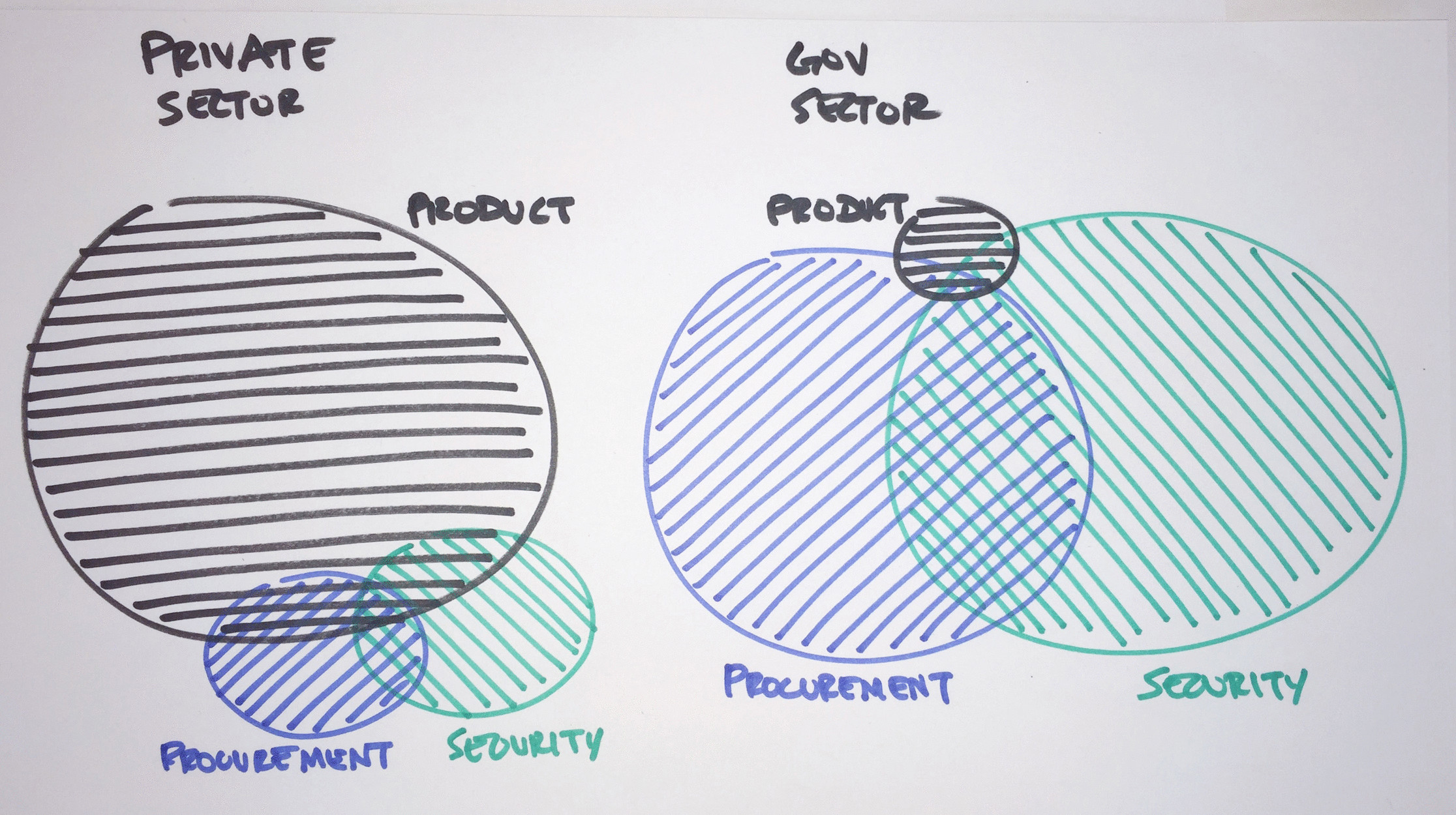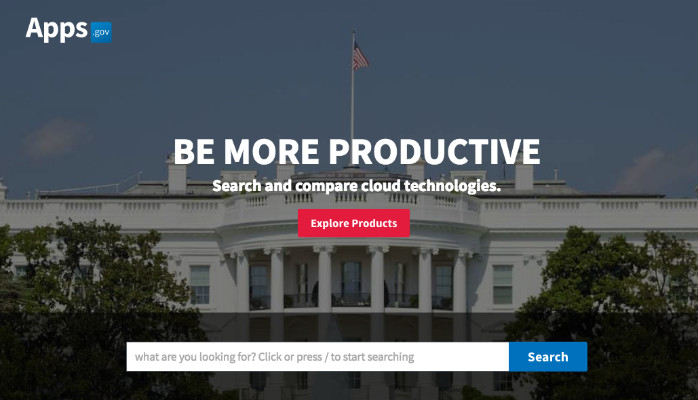There’s a common perception that the government is slow and outdated, and it’s 98% accurate. It’s not uncommon to step into a government office and see out-dated PCs, Blackberrys, and Windows Vista making one feel like they’ve stepped back in time to circa 201 when hashtags were revolutionary, vuvuzelas were all the rage, and Justin Bieber had nothing to be sorry about.
However, the federal government plans to spend 81.6 Billion dollars on information technology next year and consists of 4.2 million employees, which begs the question:
Can a pathway be created for emerging technology companies to competitively enter the government market to help address the horrid state of technology across the federal government?
The short answer is YES, but it’s layered with historical context and other complexities that make it impossible to answer with a silver bullet. To fully address the question would require a dissertation and a more meta philosophical discussion. Since no one reads anything that takes more than 7 minutes, I’ll save that for another time and focus on the topic of procuring the most common commodity in Silicon Valley, cloud products.
When it comes to using a cloud product in the private sector, the rest of the world looks very different compared to the federal government. To illustrate this difference, I created what I’m calling the Private v Government Cloud Product Venn Diagram.

In the diagram, the imbalanced weighting of considerations between the private and government sectors is obvious. Private sector companies prioritize delivering value to their customers via whatever reasonable means necessary. Counterpoint to that philosophy, the government prioritizes professional and organizational CYA and processes are followed to a T.
So, how do we shift the government venn diagram to look more similar to how the private sector operates?
To answer this question, we have to create a contextual framework of what’s broken. What I’ve learned in my short stint in the federal government is that far too often, agencies and organizations are disconnected from the global government ecosystem, which makes knowledge an invaluable commodity. Additionally, the way the federal government currently operates does not create clear and singular pathways to enter the federal government market or procure cloud products with transparency.
This is why we built Apps.gov.

The goals of Apps.gov are simple. The federal government should create a platform to inform and incentivize private sector technology companies to enter the federal government market, providing information, resources, and a pathway that can be financially rationalized to the CEO, Board of Directors, and investors. At the same time, the platform should allow government employees to discover, explore, procure (near term roadmap) and deploy (long term roadmap) cloud products to meet the demands of their agency and organization while still operating within the legal construct of security and procurement boundaries.
What the government often overlooks is that it creates countless double-sided markets, which also happens to be one of the hardest product plays. In that vein, Apps.gov is the essential definition of a double-sided marketplace, and we approach it with a private sector mindfulness and respect the necessity to build capacity on both sides of the market.
If Apps.gov is successful, not only do we begin to create direct pathways for tech companies and government users to interface, but we surface higher level discussions that will influence policy on procurement, security criteria and evaluation, and acceptance of transformative technologies to increase efficiency and value to our customers, you.